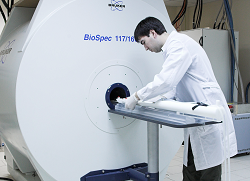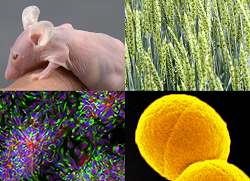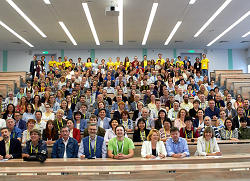Журнал Scientific & Academic Publishing. Сентябрь, 2014
Dear Colleagues,
Welcome to the September, 2014 edition of SAP newsletter, providing monthly summaries of articles on science & education related topics of interest to scientist and professionals. The mission of our journals is to provide an open access forum for publishing new findings on issues pertinent to scientific and academic field. We also invite you to submit original research papers, review articles, short reports, or case studies are considered for publication in our Multidisciplinary Journals.
If you like to join as editorial board member/reviewer of our journals, please send you resume to joinus@sapub.org
Most of our journals have been Indexed by several world class databases: EBSCO A-to-Z, ZbMath, Index Copernicus, Google Scholar, CrossRef, J-Gate, Scholarly Journals Index, CNKI(China Knowledge Resource Integrated Database).
|
Journal Title |
Discount APC |
Authors from Developed Countries |
Authors from Developing Countries |
| Advances in Analytical Chemistry |
50% |
150USD |
75USD |
| American Journal of Stem Cell Research |
50% |
150USD |
75USD |
| American Journal of Computer Architecture |
50% |
150USD |
75USD |
|
The discount is effective for submissions from August 20, 2014-October 31, 2014, More >> |
|||
|
A Phenomenological Relation for Decay Times Towards a Different Architecture in Cooperation with Nanotechnology and Genetic Science: New Approaches for the Present and the Future Medium of Natural Phenomena Contribution of QR-Codes to the Marketing Mix − A Case Study Stock Market and Monetary Policy Versus Inflation: A Time Series Approach Antidiabetic Effect of Cleome droserifolia (Cleomaceae) Assessing Geographical Inaccessibility to Health Care: Using GIS Network Based Methods Climate Change Impact on Rice Yield and Adaptation Response of Local Farmers in Sumedang District, West Java, Indonesia Empirical and Artificial Neural Network Approach for Determination of Constant Drying Rate Phase of Medicinal and Aromatic Plants Formation Mechanism and Stability Analysis Method for Wedge Loess Collapse Is Whole Body Vibration Exercise a Viable Option for Individuals with Alzheimer’s Disease? Medical and Social Efficiency of Outpatient Service at the Regional Level Preliminary Test Single Stage Shrinkage Estimator for the Scale Parameter of Gamma Distribution Identifying the Preferred Leadership Style for Managerial Position of Construction Management Comparison of Artificial Neural Network and Binary Logistic Regression for Classification of Chiropteran Dietary Specializations Analysis of Under-five Mortality in Ghana Using Logit Model Quantum Complex Matter Space Replay: On a Common Logical Error in Calculation and Applying the Complex Conductivities of Collisionless Plasmas If you are interested in our journals and want to publish your paper on our journals, please send your papers to us by our online submission system(http://www.manuscriptsystem.com). Welcome to visit our website at http://www.sapub.org. As always, we welcome your thoughts and comments on Communications. Please forward your feedback to: submission.sapub@gmail.com. If you do not wish to receive information from us in the future, please reply here: unsubscribe@sapub.org. |



